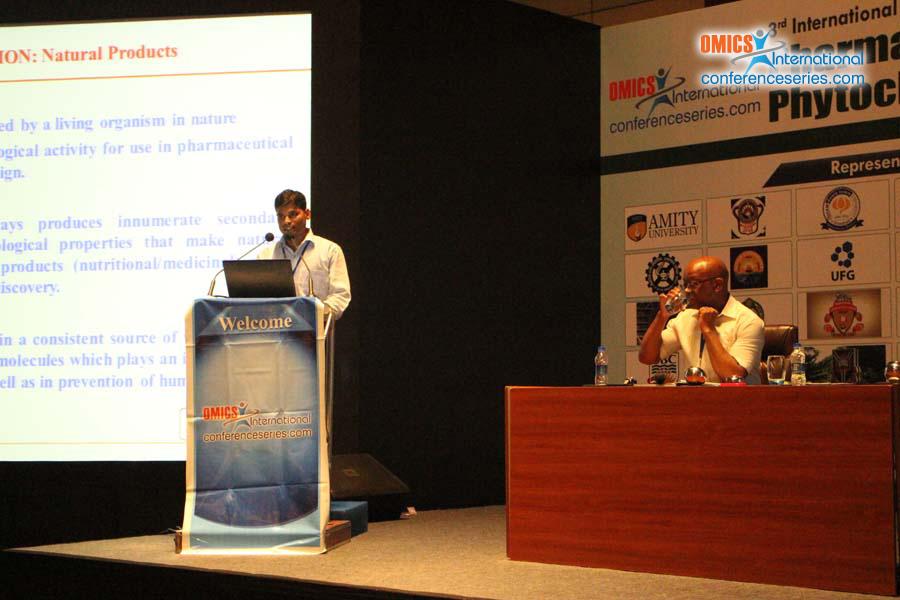
Santosh Kumar Rath
CSIR-Indian Institute of Integrative Medicine, India
Title: Chemical investigation of bioactive secondary metabolites from Allamanda cathartica
Biography
Biography: Santosh Kumar Rath
Abstract
Allamanda cathartica belongs to Apocynaceae family which is native to Brazil, also found in India and Srilanka that has an important medicinal value. In India it is mostly distributed in the eastern costal region of Odisha locally known as ‘Malatilata’, ‘Ghanta Phul’, ‘Harkakra’. The plant is traditionally used in Ayurvedic and Unani system of medicine for the treatment of various ailments such as healing of wounds and ulcers. The bark acts as a hydragogue in ascites while the leaves are a valuable cathartic in moderate doses. The root is used as a remedy for snake-bites. The whole plant is used against jaundice, malaria, fungal infections and antiseptic for the treatment of skin burns. Alcoholic and aqueous extracts of root possess hypotensive activity while leaf extract showed antifungal and anticancer properties. Considering its importance in Indian System of Medicine (ISM) and traditional use, the chemical investigation of whole plant was carried out which resulted in the isolation of eleven medicinally noteworthy secondary metabolites like allamandin (1), allamdin glucoside (2), betulinic acid (3), ursolic acid (4), 2,6,8-trihydroxy-3-(4-hydroxyphenyl)-4H-chromen-4-one (5), pinitol (6), heptacosanoic acid (7), heptacosane (8), β-sitosterol (9), β-sitosterol-3-O-glucoside (10), and sucrose (11). Betulinic acid, pinitol and flavonoid are reported first time from this plant. The structures of isolated compounds were elucidated mainly by one-dimensional, two-dimensional NMR, MS studies and by comparison with the spectral data in literature. Ursolic acid (4) was found major component (natural abundance: 1.118%), allamdin glucoside (2) (0.0353%) and betulinic acid (3) (0.019%) the least which is advantageous as all are known for potent anticancer, anti-microbial activities.

